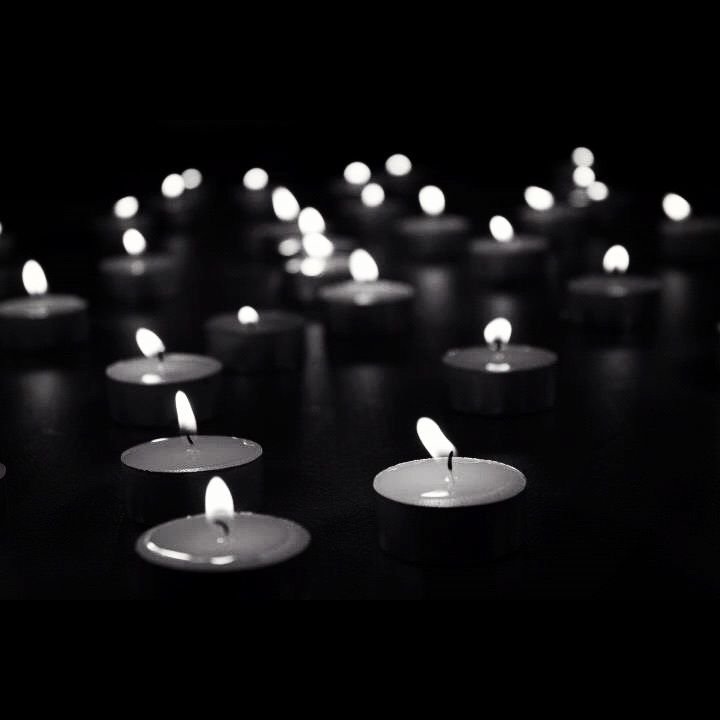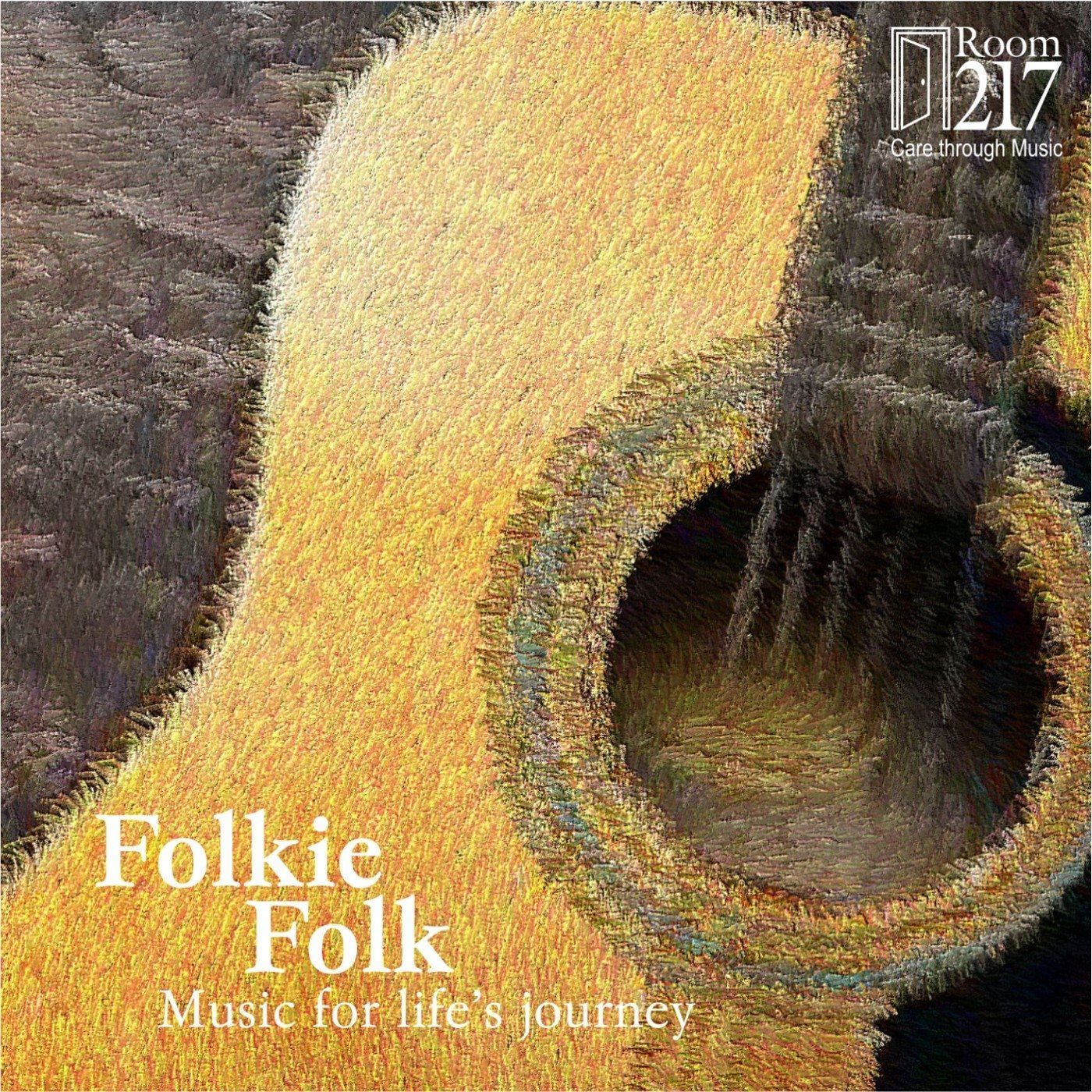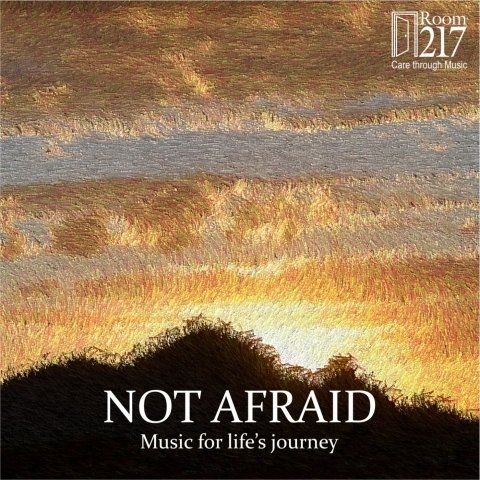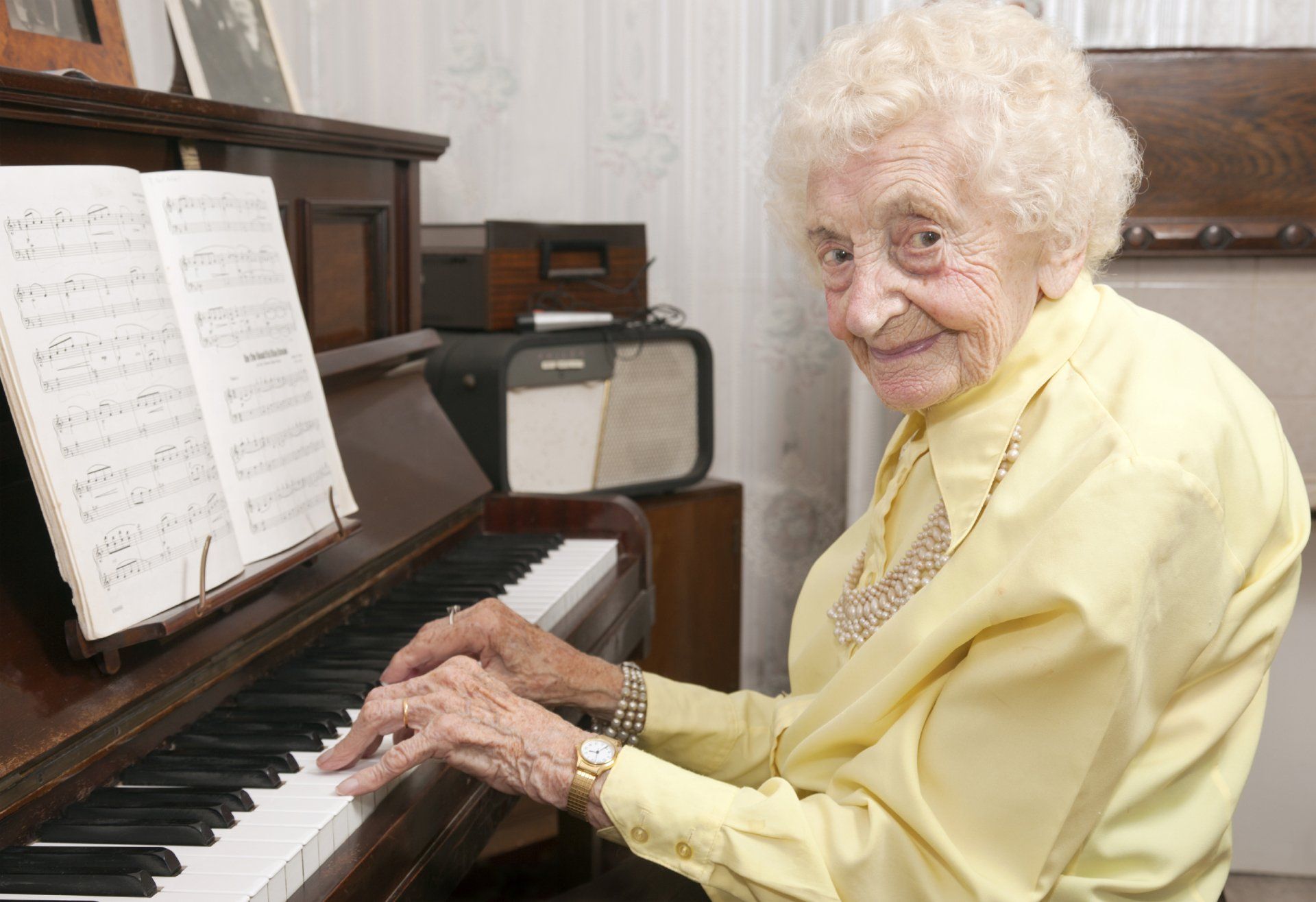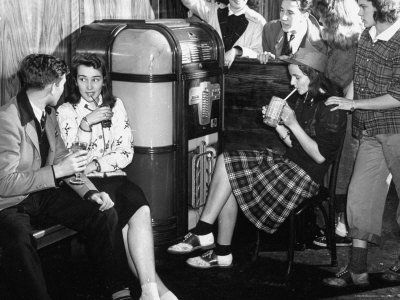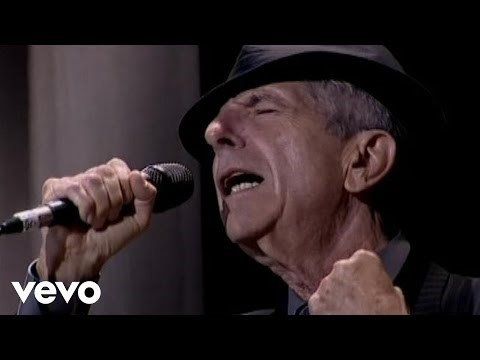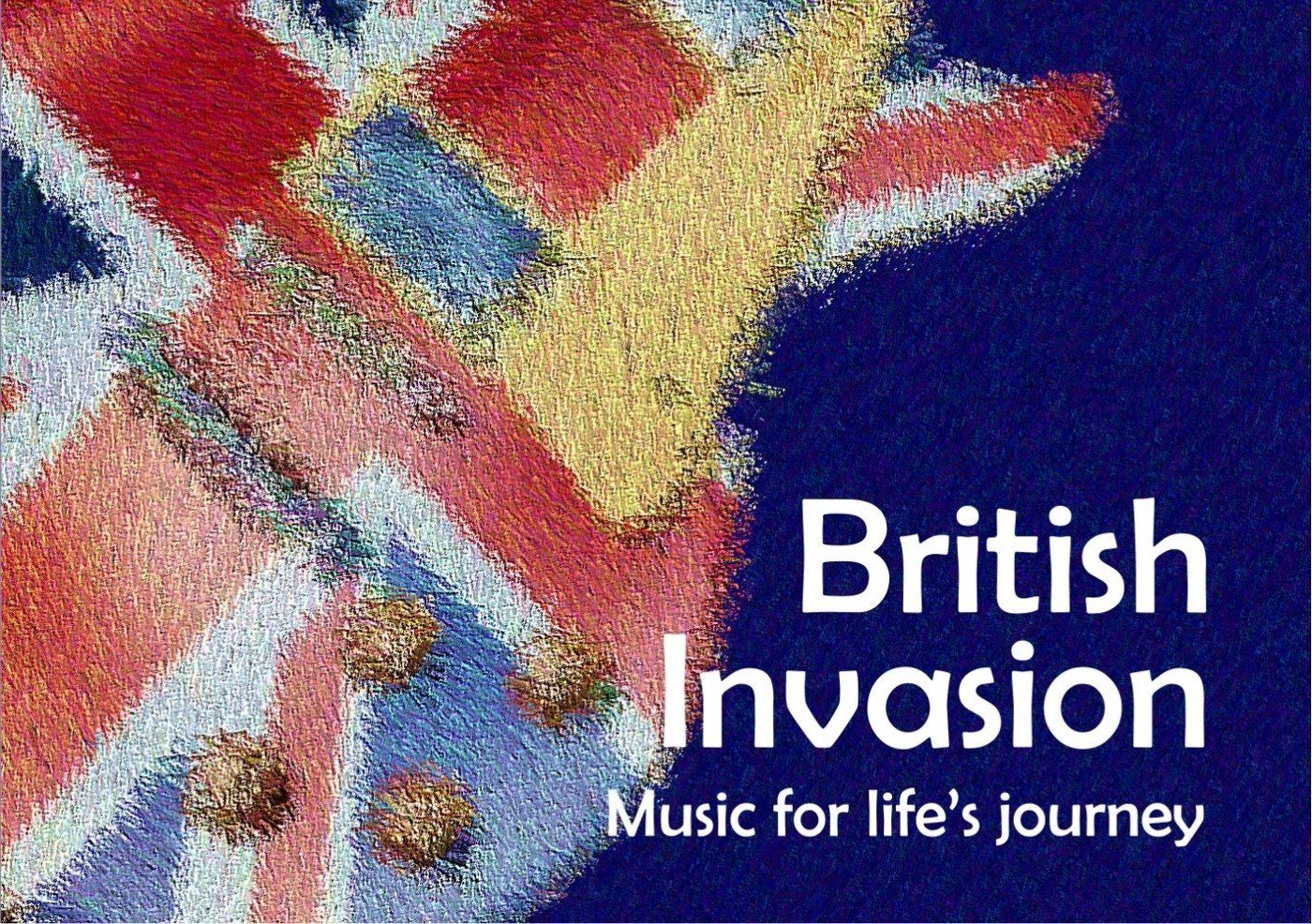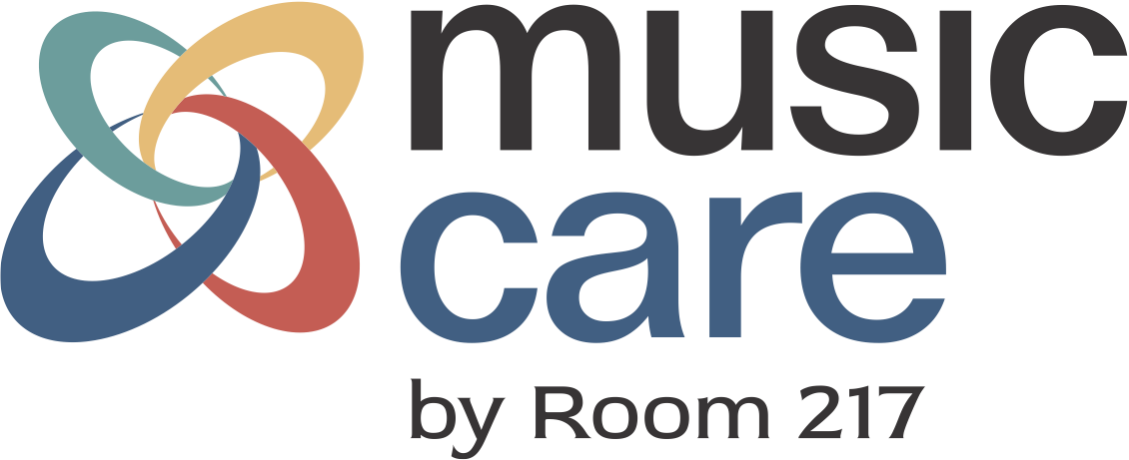Seeing firsthand music’s effect on dementia
This is the second in a series introducing readers to the staff at Room 217 Foundation. This week’s blog is written by Deb Bartlett, resource lead at Room217.
I first heard about Room 217 about 10 years ago, when I was working at a stakeholder news agency. I also worked freelance for a community newspaper in Port Perry. I saw a notice about the upcoming Music Care Conference (as it pertained to one of our clients) but noted the information so I could follow up with a feature on Room 217 for the publication. Bev and I met at a Tim Horton’s for the interview. She gave me a couple of CDs, and told me to go home and listen.
My Dad lived with us then, after he’d been diagnosed with early onset dementia and sold the family home. When I got home from work, his habit was to come and chat with me in the kitchen while I prepared dinner. The afternoon that I received those CDs from Bev, I told him we had to listen while I worked. When La Vie En Rose came on, my Dad started singing word for word. I was surprised – it’s not a song I’d ever heard him sing before. When I asked how he knew that song, he launched into hour-long recollection about how his Francophone mom would put Edith Piaf on while she did the housework. He told me about the layout of their little house in the Beaches, how one of his jobs was to get the coal. That music took him back more than 60 years, and it was the first of many times I was able to witness music become a point of connection between past and present in people living with dementia.
Fast forward five years, and I saw an ad for a job at Room 217 Foundation. Recalling my interview with Bev years earlier, and loving the idea of what the Foundation did, I applied. That was almost five years ago. My job at Room 217 encompasses marketing, communications, sales and philanthropy. My background as a journalist has certainly come in handy, as this job can be writing heavy at times. I write grant applications, blog posts, and have helped with the annual report and solicitation letters. I’ve taken photos and videos at Room 217 events, and have represented the Foundation at conferences and trade shows. I love getting out to meet with people who are using Room 217 products, and learning about how music is helping them change the culture of care at their setting. I’ve met some amazing caregivers and been inspired by their commitment to residents, clients and patients.
I think my skill that is most valuable to the organization is what Bev calls “a journalist’s sniff”. I will come across a story about an organization, or see a funding opportunity and be able to make connections to opportunities for Room 217. Because I love news, a favourite part of my day is getting the Google alerts and scrolling through headlines to see if there is any potential to reach out on behalf of the Foundation.
In my spare time, I’m working part-time at a BA in Communications and Critical Thinking at Trent University Durham GTA campus. It will take me another two or three years to finish, but I’m enjoying learning, especially my electives which have all been Indigenous studies courses.
I’m also the mom to three adult children - which is why I have time and money to go back to school. :) Studies have taken over much of my spare time, but in the past I was heavily involved in volunteerism with 4-H, Lindsay Wildcats OBA, the Kawartha Lakes Sport and Rec Council, and Girl Guides of Canada.

